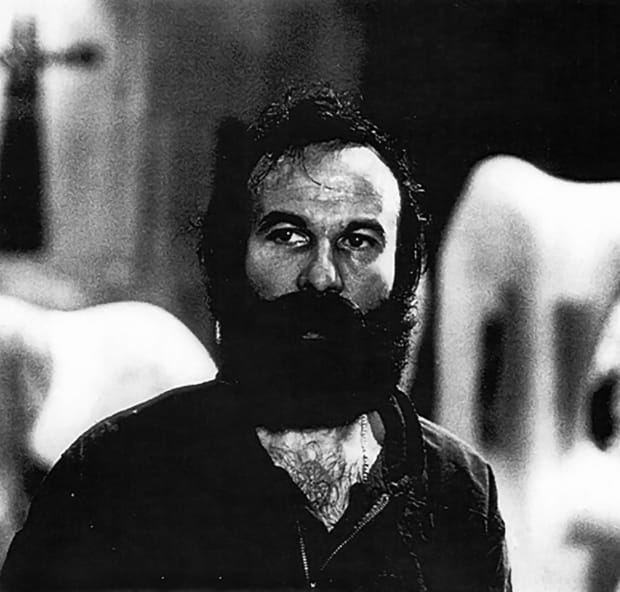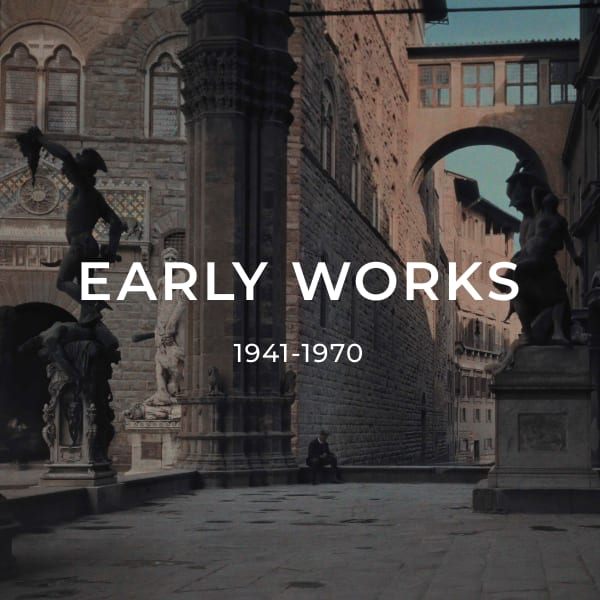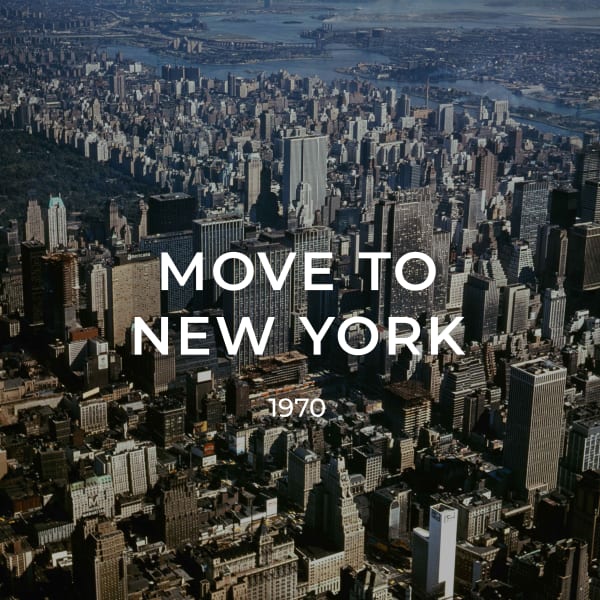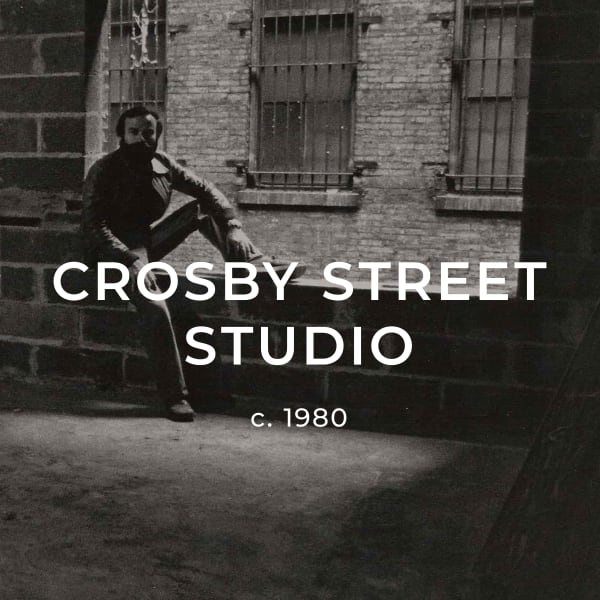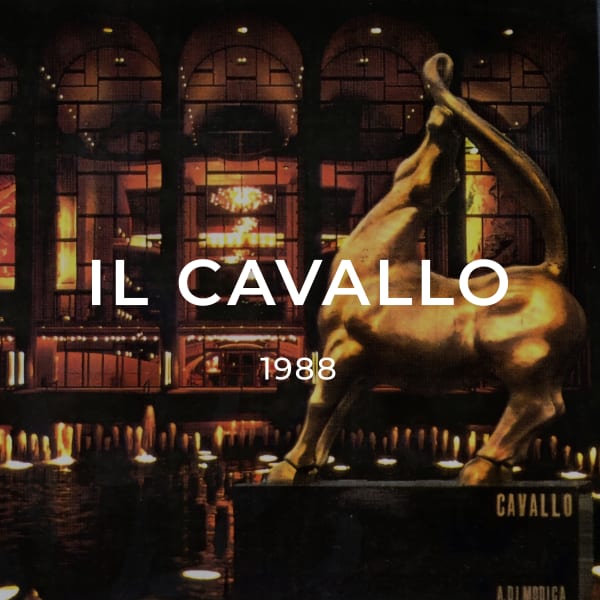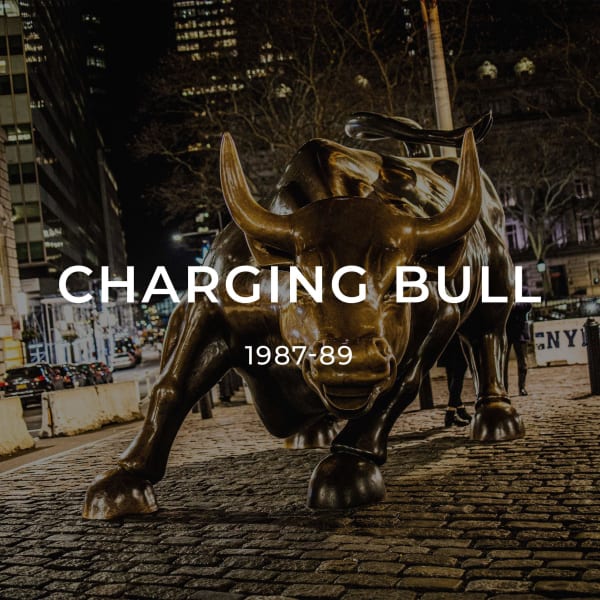-
 1977: Arturo Di Modica after unauthorised Rockefeller installation
1977: Arturo Di Modica after unauthorised Rockefeller installation -
"I loaded eight monumental works onto the back of a truck and turned up during the night and dumped it all right outside the Rockefeller Center, blocking 5th Avenue, in protest against the art critic Hilton Kramer"
- Arturo Di Modica
Di Modica invited Hilton Kramer to close the show. Kramer said “Not interested” and put down the phone. Not gently, Di Modica later recounted. Infuriated by this, though less by the critic’s decision than by his attitude, the artist decided to take matters into his own hands. He had the work collected and loaded onto the back of a truck with a driver. They then took off for Fifth Avenue and unloaded the art outside one of Manhattan’s principal sites, the Rockefeller Center. Di Modica then had the driver make his speedy getaway. Four NYPD cops soon came running up, their guns unholstered, and surrounded the artist. Di Modica’s English was still extremely poor so he impatiently pushed a gun aside – yes, that was what he did, and the memory still unnerves him – and handed out flyers from a sheaf explaining the motives of his action.
-
"Four NYPD cops soon came running up, their guns unholstered, and surrounded the artist"
- Anthony Haden-Guest
The cops were nonplussed but behaved with commendable restraint. Mayor Beame was informed, announced that he was keen to meet the “crazy, bearded Sicilian“ – di Modica’s words – and arrived on the scene. The artist was slapped with a $25 fine and given temporary permission to leave his work in situ. It was an excellent New York moment and the following day Di Modica was himself installed on the front page of the New York Post. The media doesn’t get much more mainstream than that. Collectors moreover soon began showing interest in the works that had made up the Rockefeller installation. Each piece found a buyer and Arturo Di Modica had learnt a lesson about big media.
